This post is also available in: Español (Spanish)
If you had asked him a year ago, Eric Ontiveros may not have predicted he’d be doing so well.
A certified personal trainer, Ontiveros works at a large gym in his hometown, Las Cruces, N.M. He holds some of the facility’s biggest contracts, makes enough money to support his wife and two children, and is working with a business consultant to one day open a gym of his own.
“I’m doing something I love,” said Ontiveros, 42. “It was one of my dreams and one of my goals to come out of prison and have a career like this.”
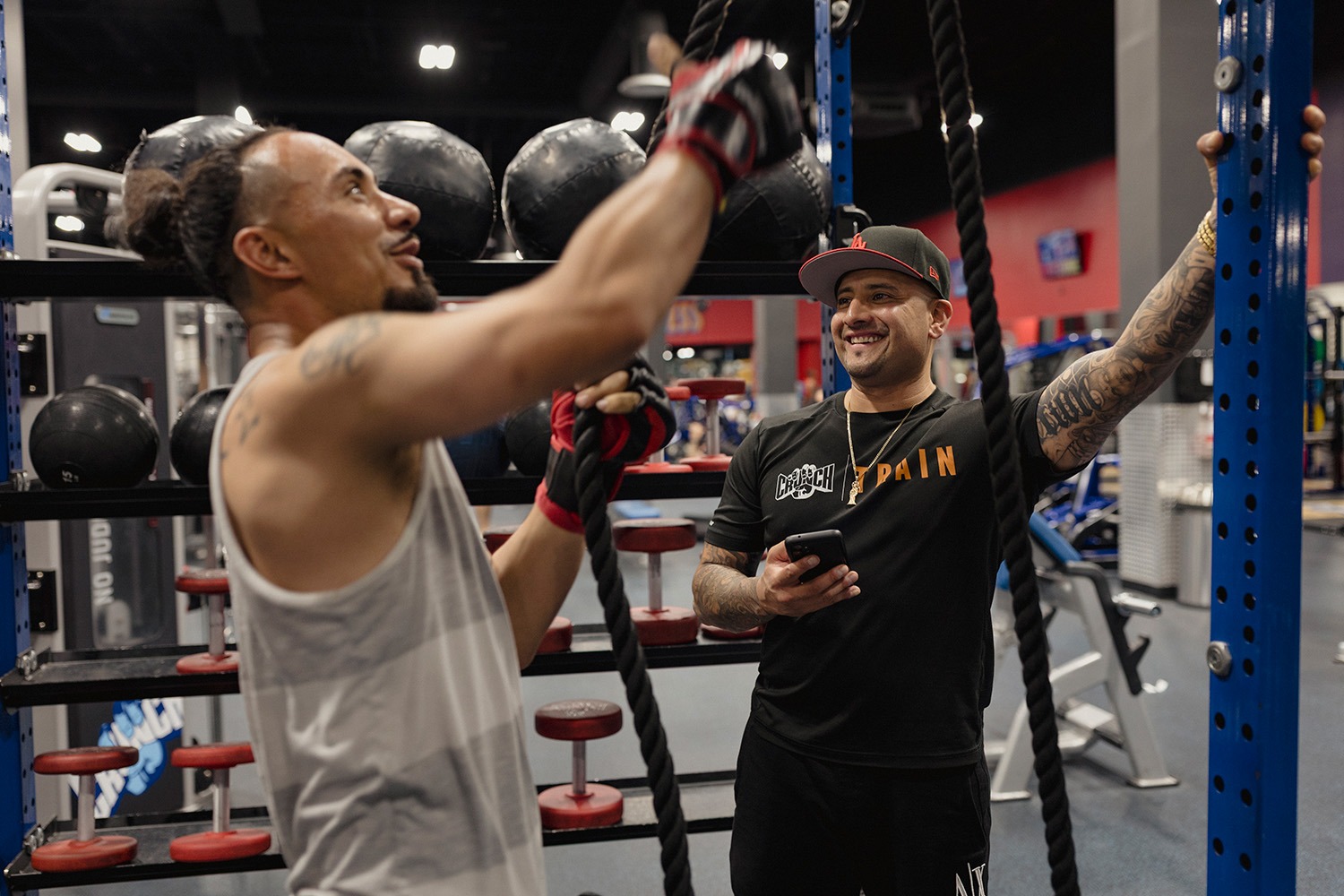
Finding the capacity to believe in himself and discover his true potential are goals of the Personal and Career Discovery course at Doña Ana Community College. Ontiveros completed the course after his incarceration and said it was instrumental in starting him on a path to success.
“I don’t think anybody should sell themselves short,” he said.
Supporting ‘New Majority Learners’
The course is designed for students whose “potential contributions to the workforce have been ignored or dismissed,” according to the syllabus. Ontiveros and his classmates may not have shared common backgrounds, goals or interests, but they were bound together by their desire for a better life — and their need for someone to meet them where they were.
Among Ontiveros’s fellow classmates were recent immigrants from Afghanistan, elderly women reentering the workforce after decades, students with developmental disabilities, and people from a nearby halfway house. Some participants in the class hope to build a career after spending years taking care of ailing family members or recovering from debilitating illnesses or addictions. There are English Language Learners, single parents, students from marginalized racial and ethnic groups, LGBTQ+ students, low-income students, and people with some combination of these identities. Together, they’ve been defined as “New Majority Learners” by Washington, D.C.-based nonprofit Education Design Lab, which works to make higher education equitable for all.
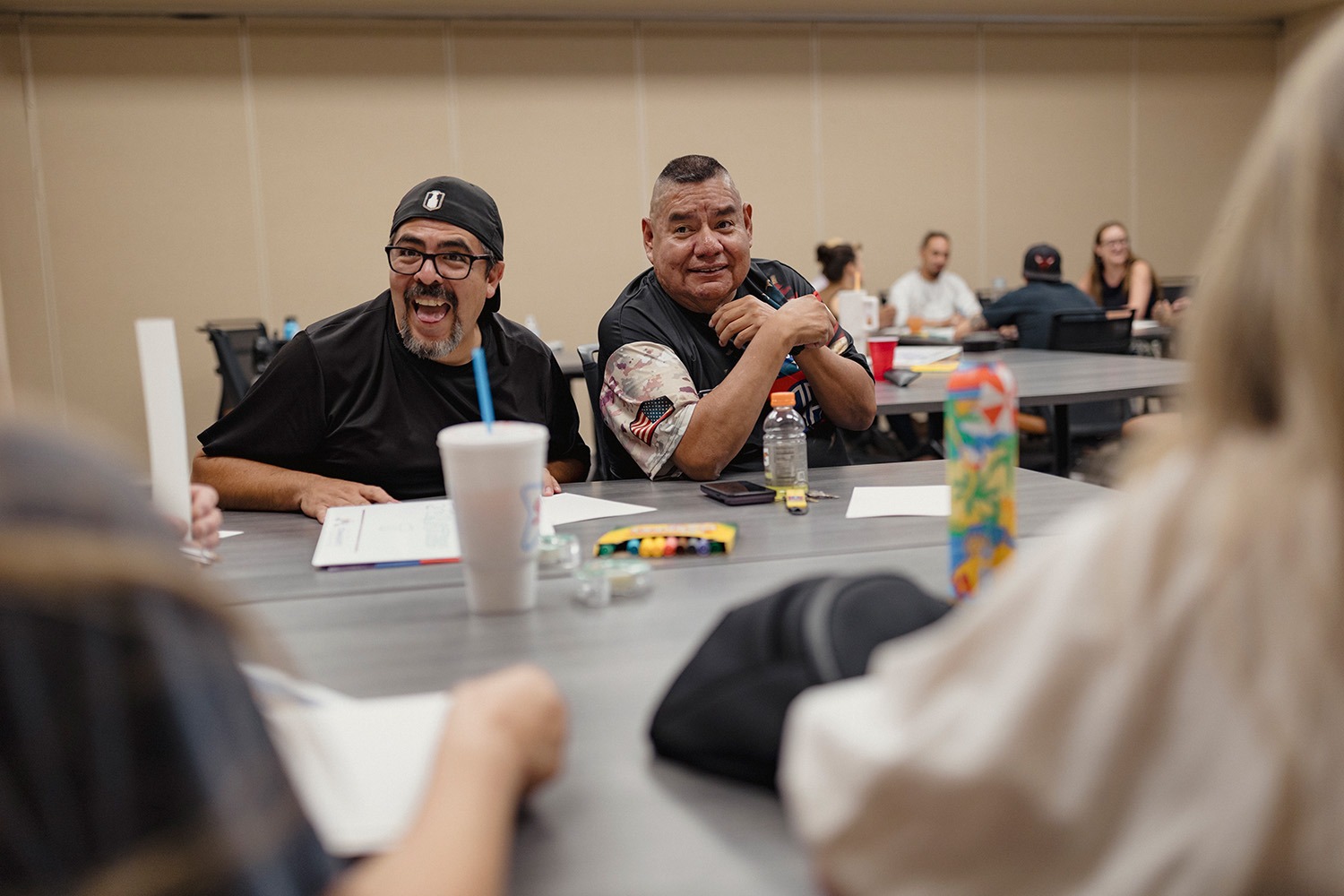
New Majority Learners don’t fit the traditional profile of a college student, typically those who are 18 to 22 years old, attend classes full-time and live on campus. But according to federal data, these learners comprise 74% of today’s higher-education students — and they make up an even larger percentage of students at community colleges and workforce development programs. And yet, so much of the education system is built for “traditional” students.
Kay Lilley signed on to teach the course in advance of its first session in the summer of 2024. With a background in disability services, Lilley said including such a broad swath of students with different life experiences and beliefs was “a dream come true,” but she wasn’t sure how it would work out. “I was scared as hell,” she recalled. “I didn’t know how people were going to respond to each other. Some of them had pretty significant needs. But it was like magic almost right away.”
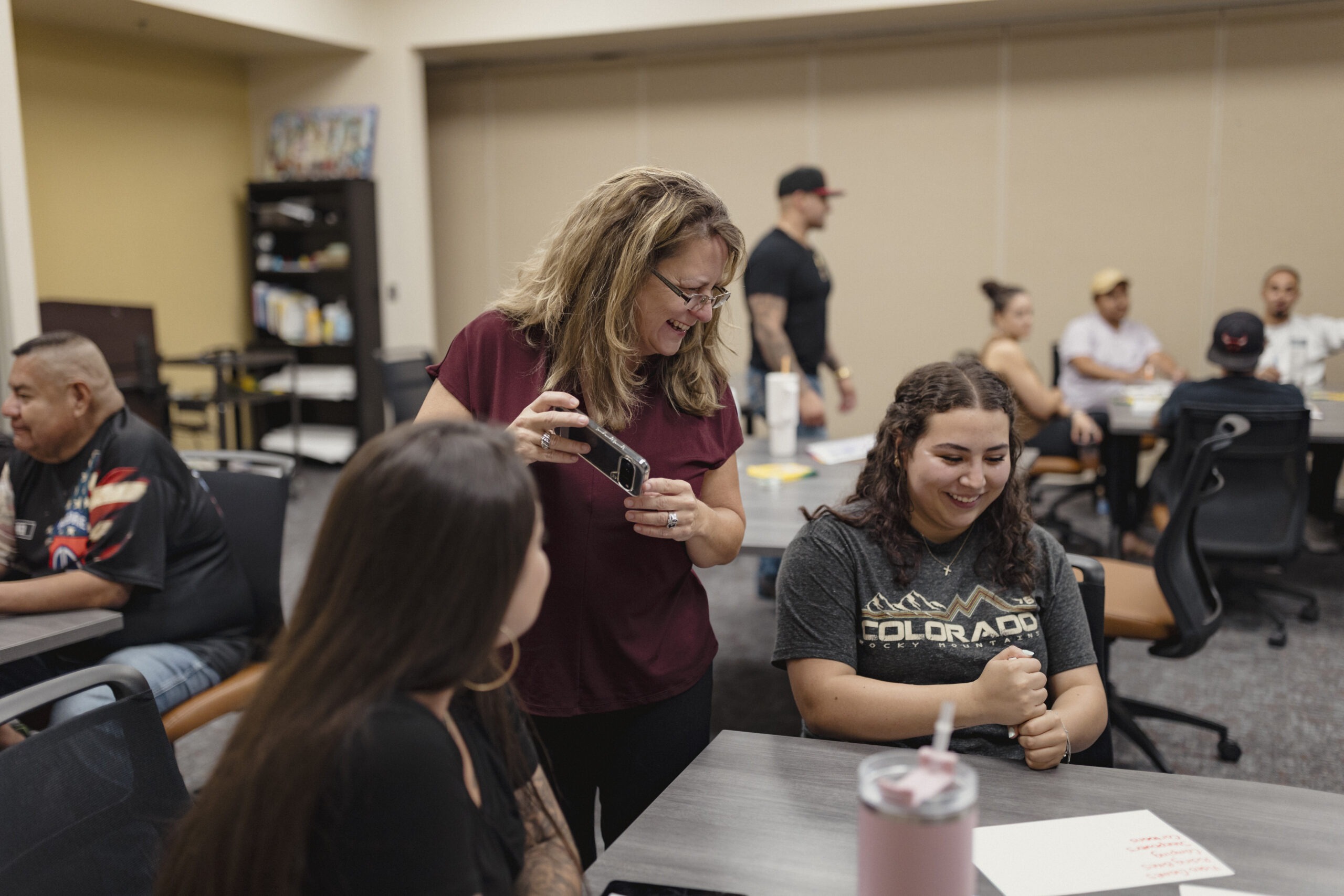
A strong foundation for career success
Throughout his life, Ontiveros said people considered him “intimidating” — “aggressive,” even. So he didn’t see himself as someone who would stand in front of his peers and role-play what it would look like to realize his dream of owning a gym.
Yet, that’s what he found himself doing on a fall day in 2024. He walked to the front of the class and acted out the moment. A camera shutter clicked as one of his classmates memorialized his dream.
These kinds of reflective activities are designed to help students acknowledge and honor their histories of harm, trauma and oppression so they can move through feelings like guilt, anger and shame and develop critical consciousness and a sense of belonging. Ontiveros said the activities helped him look around the class and realize he had a lot more in common with people than he’d expected. He started to feel like he belonged — and like he had things to learn.
Lilley asked him to create a timeline of his life. “Nothing really hit home until I put it all down on paper,” he said. “I thought: ‘Wow, I really went through all this,’ you know what I mean? I’ve been in prison most of my life.”
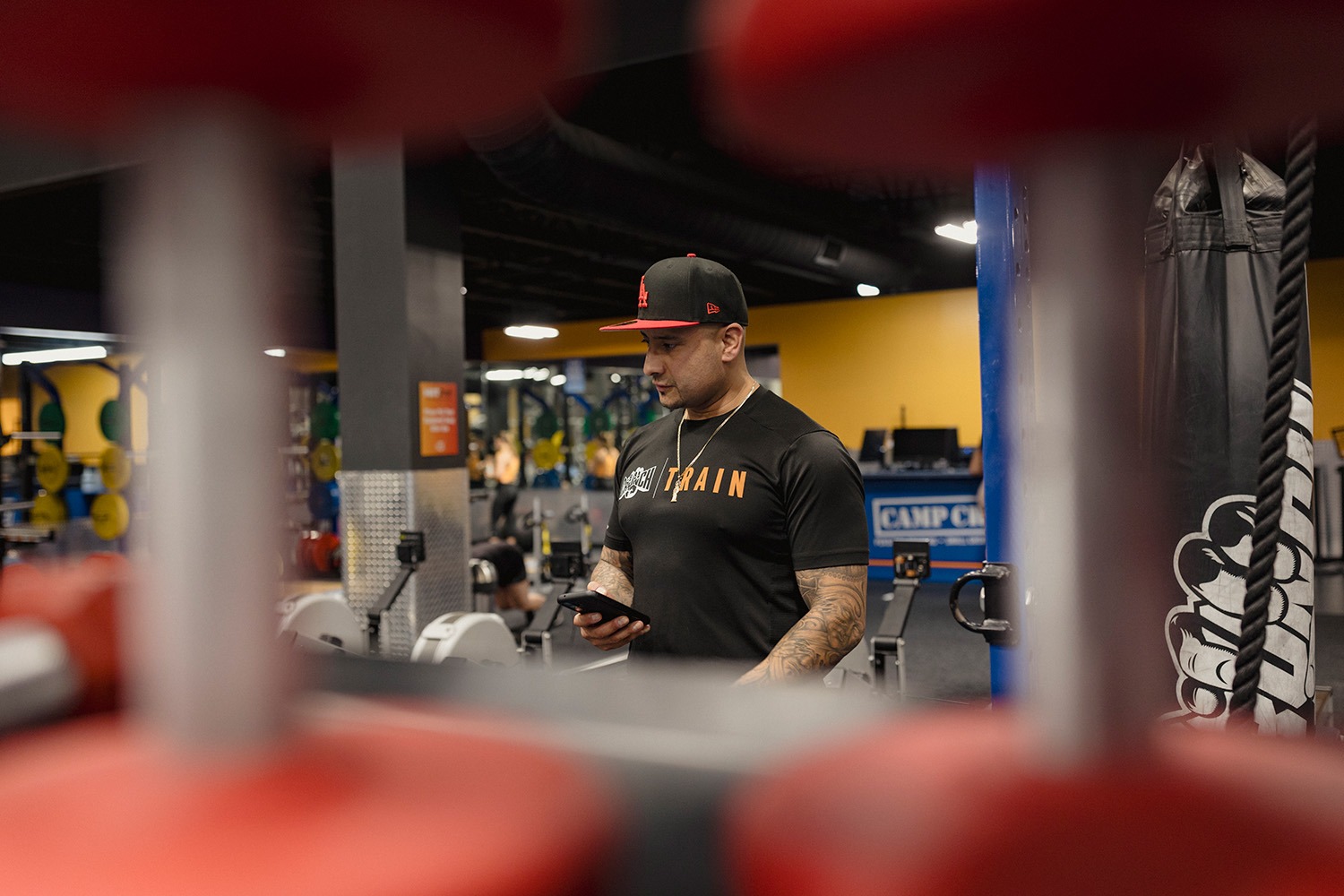
Ontiveros joined the class with a handful of others from a nearby halfway house. He said he entered the classroom with a lot of resistance, but Lilley’s approach quickly changed his attitude. Ontiveros may have been a muscular, tattooed man with a criminal record, but Lilley was not intimidated by him, he recalled. Her ability to stand up to him earned his respect.
“We thought we were going to be able to do whatever we wanted. But it wasn’t like that,” Ontiveros said. “Miss Kay listened to how we felt and the ways we grew up and lived life, but she stood her ground.”
Over the past year, Ontiveros has earned enough money to buy cars for both his wife and daughter. He was already certified as a personal trainer and was pursuing that career before he took the class, but the course taught him how to work with people and helped him identify his dream of one day opening his own gym.
Plus, being able to support his family has been a game-changer.
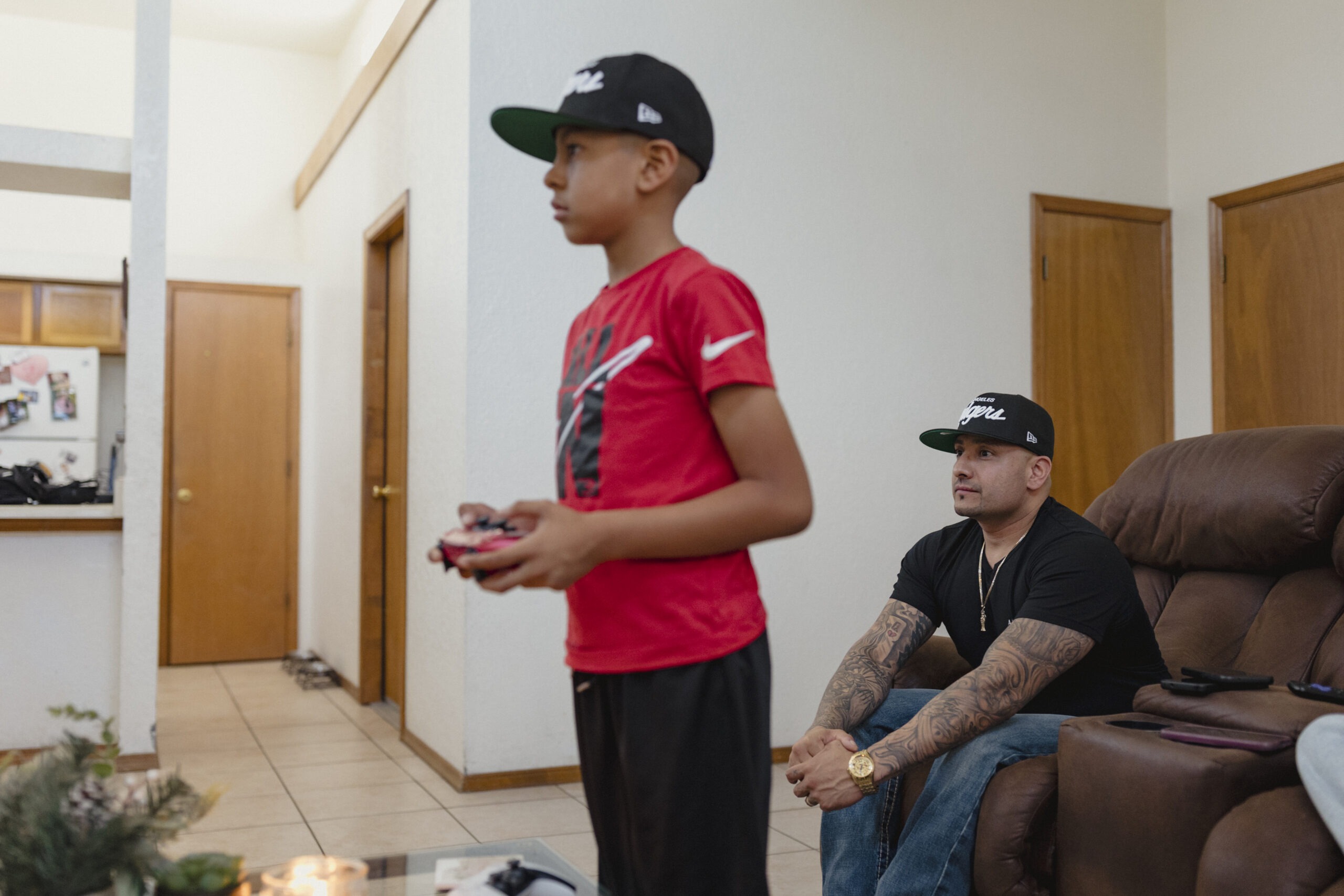
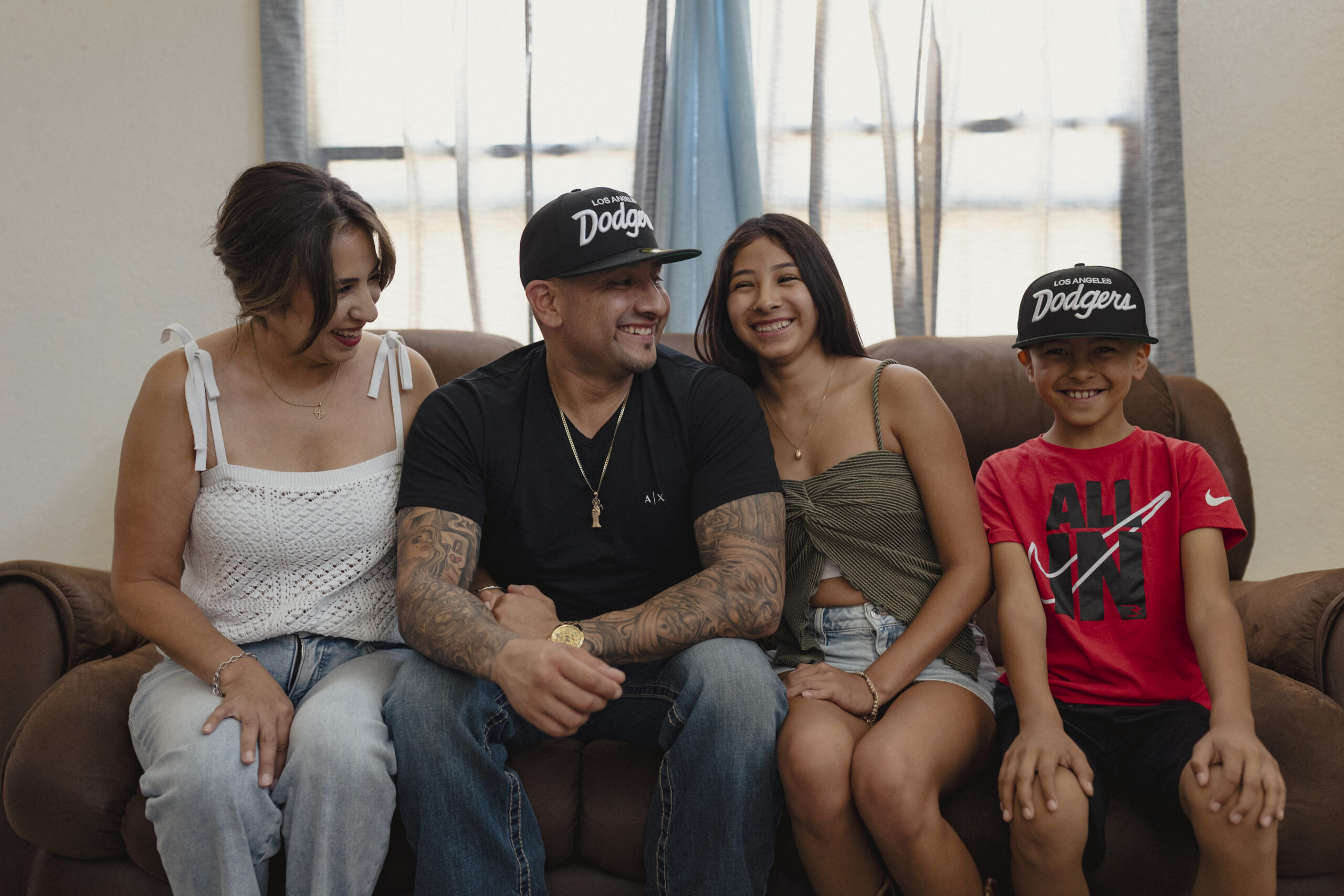
The dignity of good work
In addition to discovery and career preparation, students receive 10 hours of financial literacy training. With support from the W.K. Kellogg Foundation and the City of Las Cruces, the class is offered free of charge, and students receive $1,000 upon completion to help them transition into their next phase of life, whether that’s enrolling in another class or a training program, or finding a job.
“It’s not all about money, but the impact that we want to have is economic mobility and bettering people’s lives,” said Mary Ulrich, executive director of the college’s Division of Workforce and Community Engagement, which offers the class.
“It doesn’t just affect an individual. The dignity that comes with good work, I think, spreads throughout the whole family, even extended family. And it affects the community.”
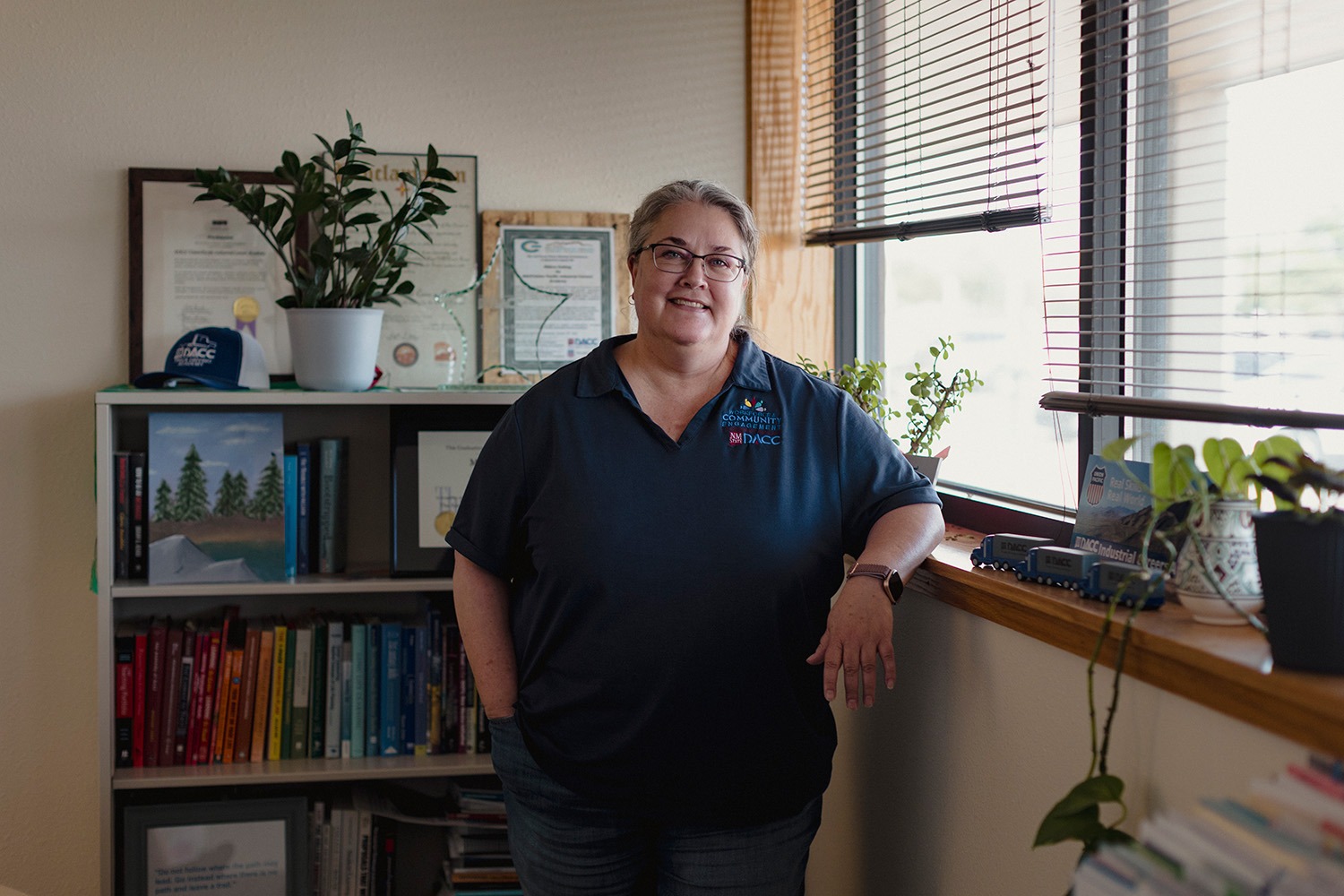
The poverty rate in Doña Ana County is 28%, significantly higher than the state’s average of 21%and the national average of 11%.
“A lot of people are working in service jobs, working at grocery stores, retail stores, or restaurants,” said Ulrich. “And we know that those are not family-sustaining wages.”
Without family-sustaining wages, people can get stuck in low-paying jobs and have the difficult task of navigating public benefits and community resources. And yet, there are better jobs out there—they just require certifications or degrees, which can feel impossible to obtain when you’re juggling multiple jobs, caring for an ailing family member or trying to secure child care.
‘I’ve got to break the mold’
Ulrich said many New Majority Learners have a hard time thinking too far ahead because they have more immediate obstacles to overcome. Additionally, people with underrepresented identities often are conditioned to believe they have little to offer. The class helps students think past the immediate hurdles and plan a route to a better future for themselves and their families.
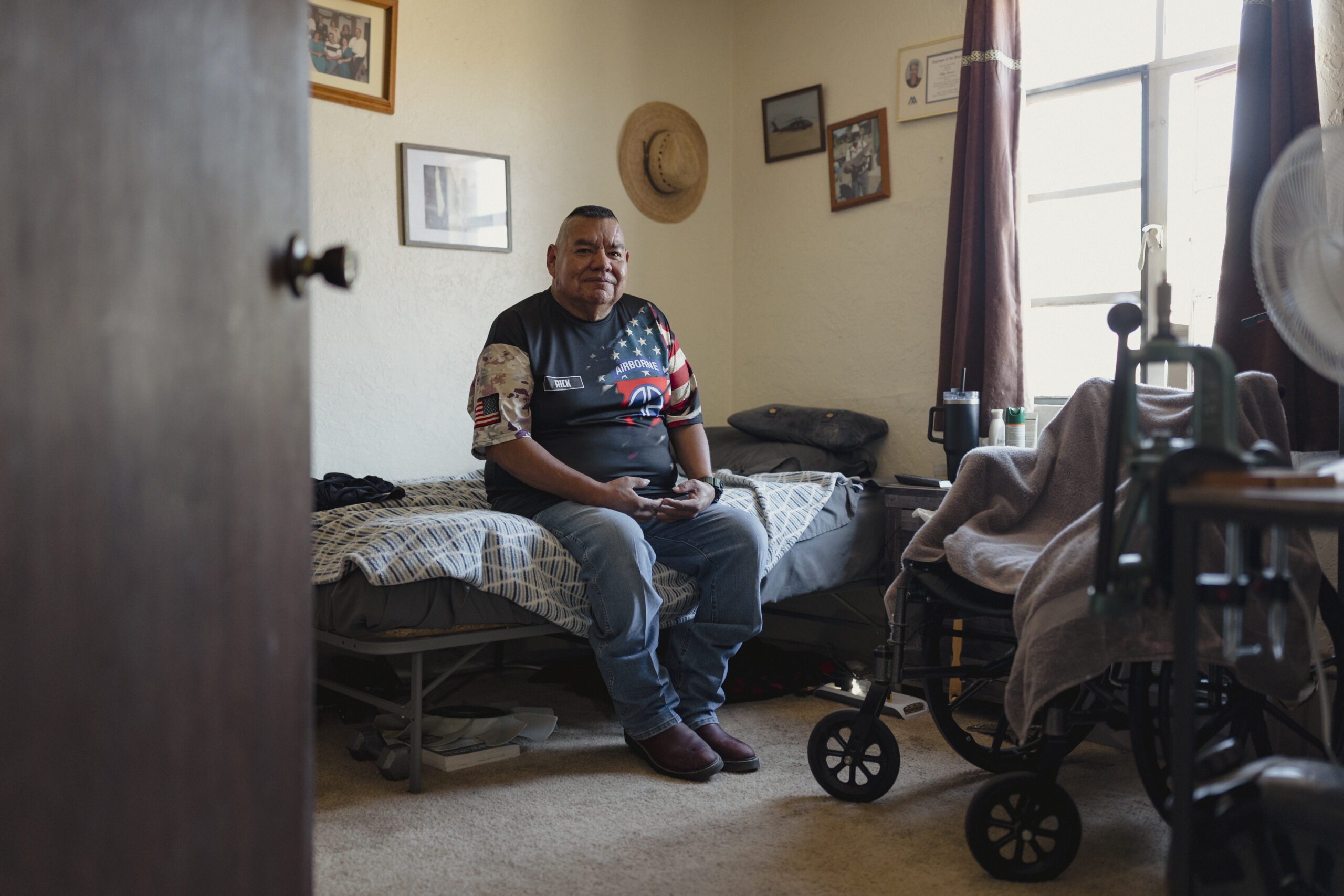
Rick Manasco joined the Army right out of high school. After being deployed twice, he returned home to Las Cruces, went to school to become a welder and fabricator, and worked as a race car mechanic. Eventually, he started struggling with Post-Traumatic Stress Disorder (PTSD) and severe depression, which led to alcoholism and a suicide attempt. After about a year in hospitals and treatment facilities, Manasco was back home and sober, but he felt adrift.
“I thought to myself: I’ve got to break the mold, or I’m gonna be back in the same boat,” he remembered. “I needed something to occupy my time, something to work toward.” So he started checking out courses at DACC. Manasco liked the sound of Lilley’s class, but he wasn’t sure he’d make it through the door.
“I almost turned around and left right away,” said Manasco, 58, whose anxiety spiked when he got to class and saw so many unfamiliar faces. But he took some deep breaths and stuck it out, crediting the class with helping quiet his anxiety enough to explore the world again. Manasco said Lilley created a space where he felt challenged but safe — a state of mind he has replicated in his daily life.
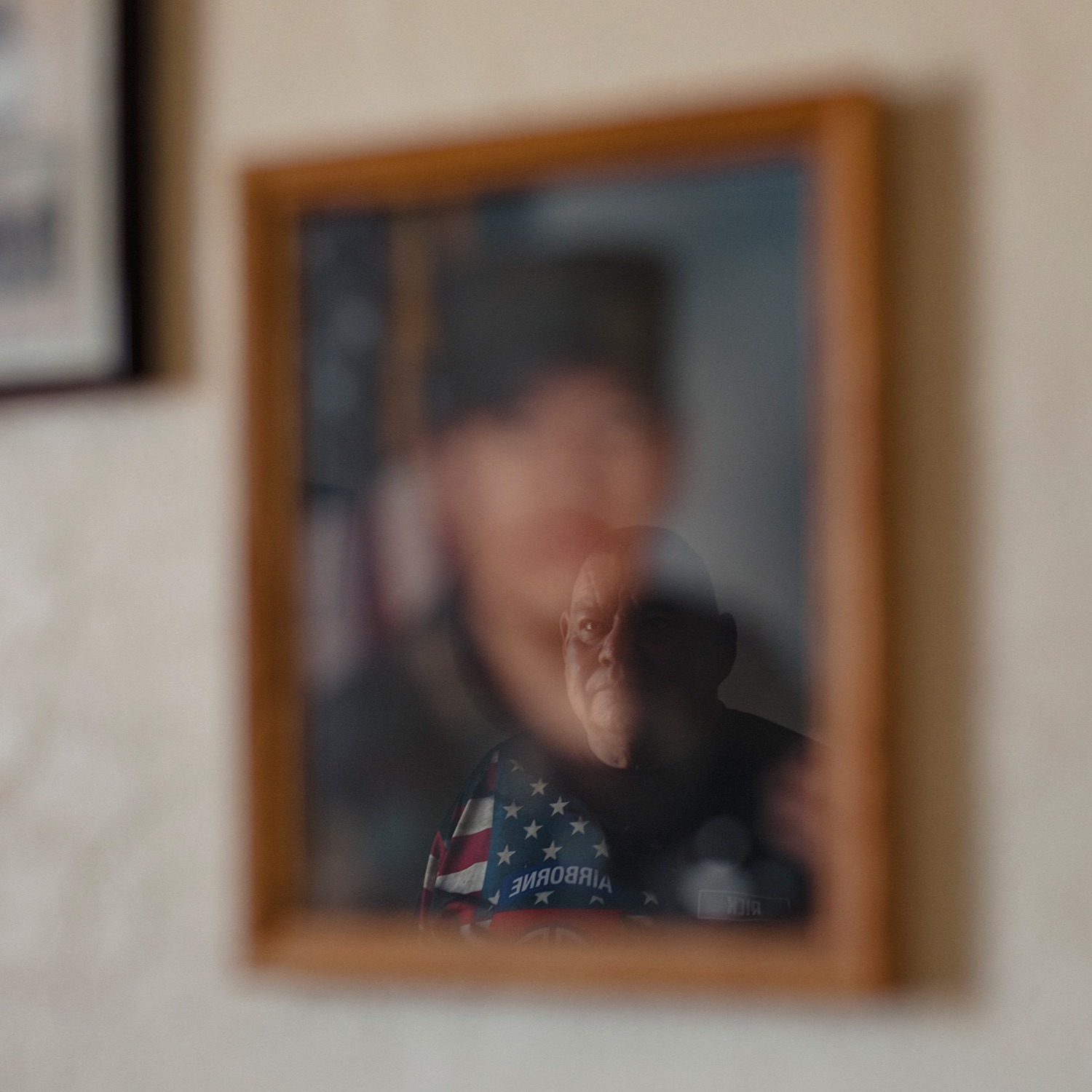
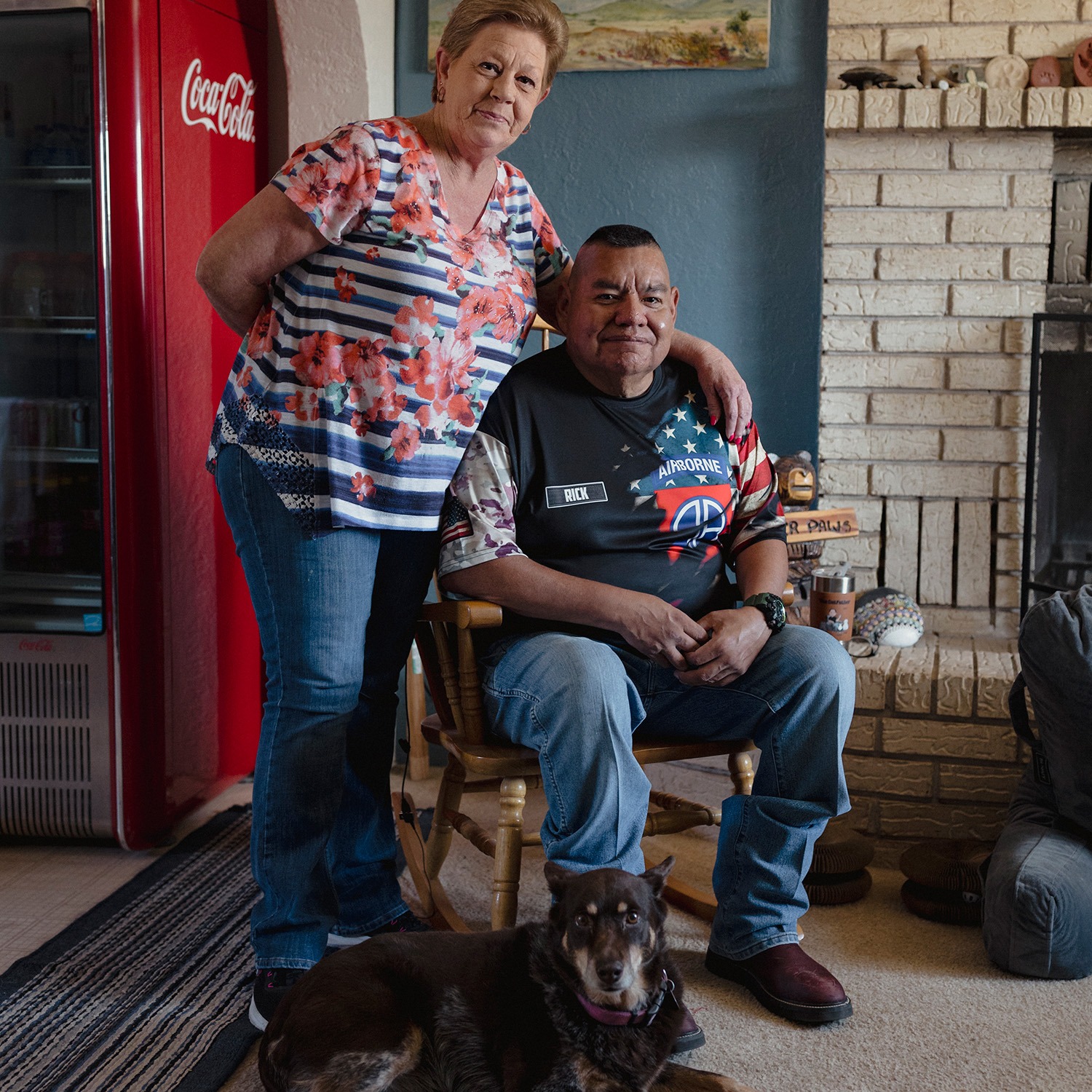
The experience helped Manasco regain some independence, and he signed up for a computer class, something he said he would not have had the courage to do previously. “I think everyone should take this class,” Manasco said.
Replicating the ‘magic’
Lilley relies on educational theories about learning, trauma and oppression to teach her class, but she also credits the success of the course to the students, who consistently show up as their full, vulnerable selves. Each time they do, she said, the magic returns.
Right now, Lilley is formalizing a curriculum that will help reach New Majority Learners all over the country.
In their feedback, students have described the class with words like “hope,” “trust,” “authenticity” and “belonging.” Over and over, they say the course helps them build community and plan for a better future. “But how do you create a recipe for that?” asked Lilley.
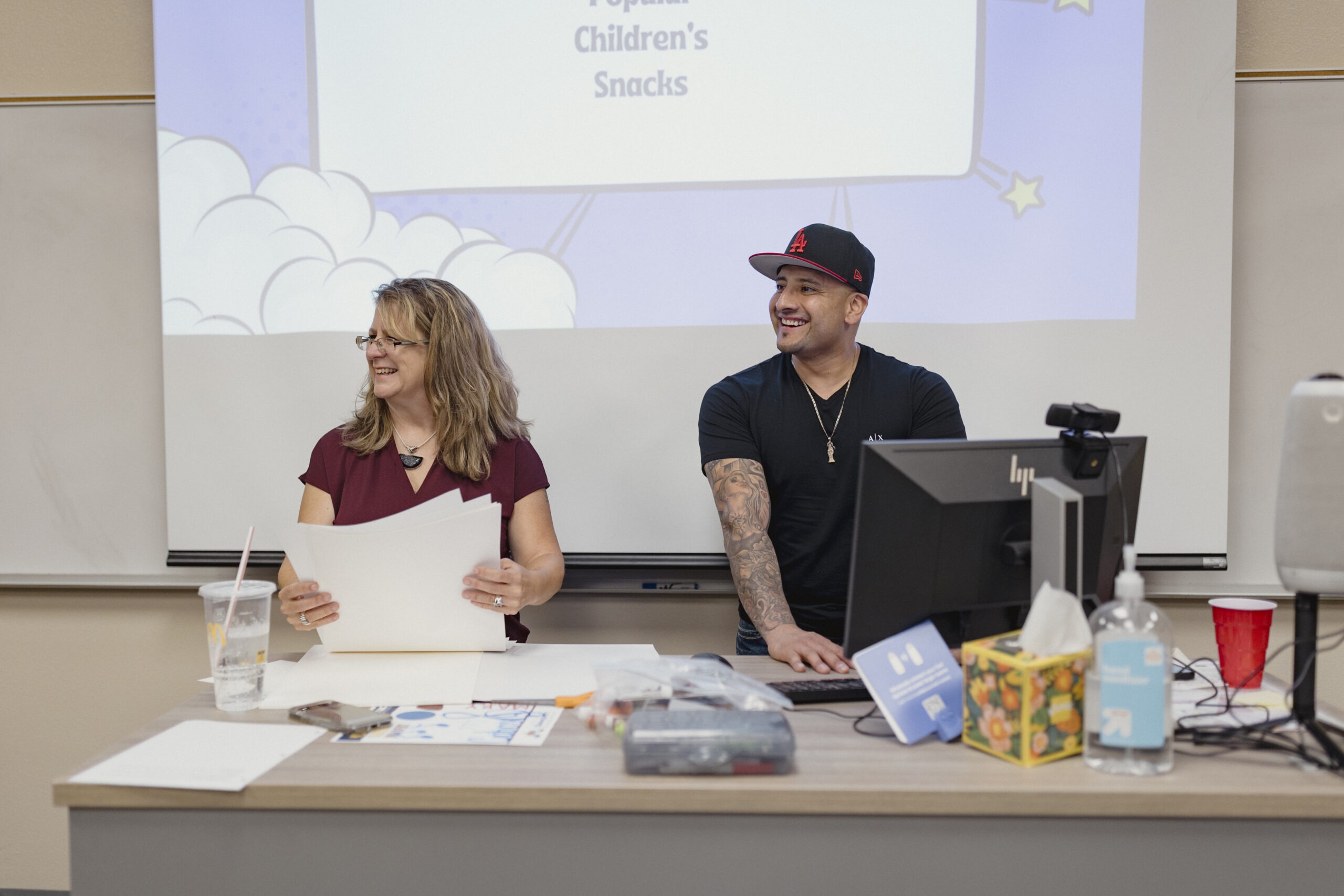
Education has been proven to decrease recidivism rates — that is, the percentage of people who are rearrested or reconvicted and back behind bars within three years — more than anything else. New Mexico’s recidivism rate is 13 percentage points higher than the national average.
“It’s a big dream of mine to help others, not just convicts but everybody, to reach their goals and live a good life,” said Ontiveros, who is training to lead a similar program specifically for formerly incarcerated people. “I took so much from the community, and now I want to give it back.”
To learn more about how Doña Ana Community College is making workforce development work for everyone, check out the college’s Division of Workforce and Community Engagement page.
- Flexible scheduling and free enrollment
- $1,000 completion award to support transition into training or the workforce.
- Re-entry option at no cost if life obligations interrupt attendance.
- 10 hours of financial literacy training.
- Reflective and goal-setting activities (life timelines, personal profiles, employment blueprints, job search plans)
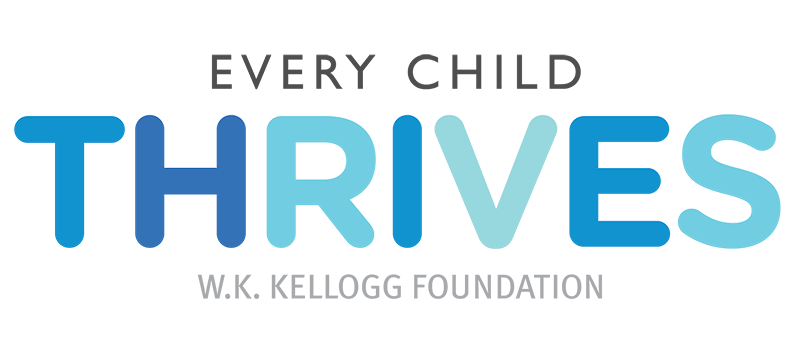
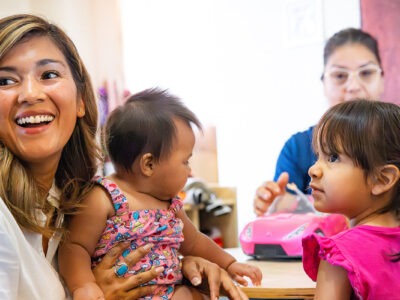
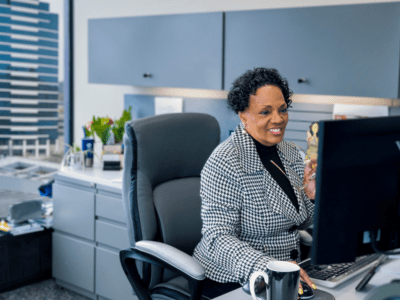
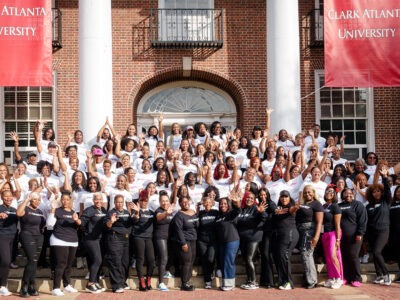
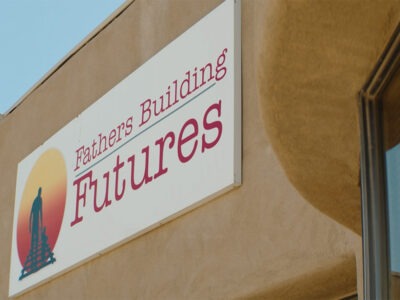

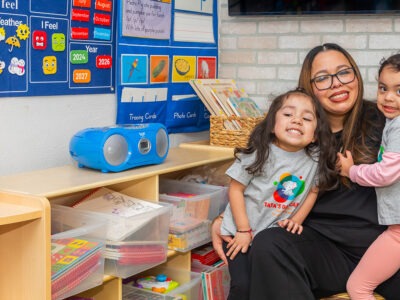
Comments